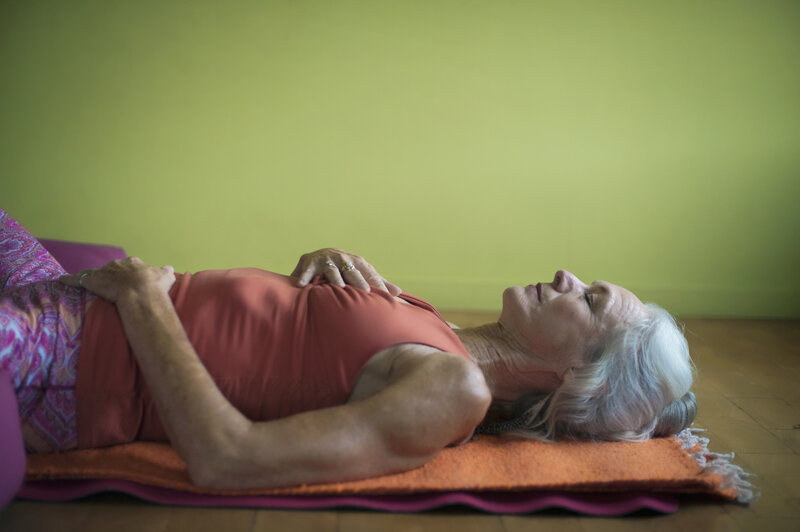
What make a Badlands Healing Yoga Practice different?
“Your guide comes with a plan and your guide will alter the plan depending on what you choose to share. Classes are very intentionally small, so we can offer at least one technique - posture, breath, flow, image, meditation - chosen for each person. It may be something the guide had already planned for that they surmise would be just the ticket or they might replace part of their plan to illuminate something helpful for you. Modifications will be offered and alternatives suggested along with the reminder that everything is optional and questions are encouraged. “

What is Healing Yoga
“The mechanisms that allow yoga to remove these obstacles to healing, transforming us and our very desires slowly, over time, are what make yoga different than a “work out.” Together they have enormous transformative capacity.”

Why zoom yoga if you’re all zoomed out?
“You will reset your relationship to zoom. Yoga is all about rerouting our habit grooves, aka samskara. The best way to re-wire a habit is to create a new one. Zoom work/happy hour has a way of reinforcing a lot of sedentary patterns. Sitting, arms in front, maybe head a little forward seeking to connect with the screen. We start skipping the once an hour break we know makes us feel better because we’re “in the zone” or just can’t break away. We stop looking out the windows or simply away from the screen. Our worlds become a little smaller even though we’re connecting far and wide because our embodied habit range becomes more limited.
When you incorporate some yoga into your zoom routine, you’re more likely to remember to look away from the screen every half hour and physically stand up every hour. When you participate in yoga, you hear another person breathing “

Practicing with Pain: why avoidance may hurt more
“[D]efinitely listen to your body and its signals. If you have pain in a movement or in a posture, breathe, withdraw from the edge where the pain arose and rest for a moment.
And then, re-approach. Slowly, mindfully. Notice where you get the first hint of a suggestion of the painful feeling and stay there — don’t go further. Breathe and notice. 9 times out of 10, you’ll feel the suggestion of pain fade away. If this happens, go a little more towards where you felt it before in the same manner: slowly, mindfully noticing the first hint of a suggestion of pain, and stay. Breathe and notice. You may feel that fade away. Rinse and repeat, stopping to rest, of course, as needed.
Often a repetition of just three times inside your pain free range of motion will allow you to go back to the once painful movement with no pain.
There are many reasons for this phenomenon…”


